
Unplugged: Creating Device-Free Family Moments
When children and grown-ups spend time together, especially without media, children benefit in so many ways. Explore these tips to nurture meaningful moments and support digital well-being in your family.
Young children crave, and benefit so much from, responsive, attentive relationships with caring grown-ups. When you respond to your child’s gestures, facial expressions, curiosity, and interests with eye contact, tender touch, and genuine interest, you help build and strengthen positive connections in their brain. Consistent back-and-forth interactions like these set children up for future success in relationships, school, and life.
While media and technology can help families connect, they can also impact the quality of family time. This often leads to a negative behavior loop. When children seek attention from their parents who may be using devices, they may try persistently and creatively to get it, sometimes in unmanageable ways. Though understandable, this persistence may seem negative to parents, causing frustration. That frustration can affect the parent’s response, leading to difficult emotions in the child.
Interactions like this happen sometimes, and it isn’t the end of the world when they do! Recognizing negative patterns in our family is the first step to avoiding them. Then, through small changes such as establishing device-free one-on-one time with children each day, we can spark loops that are filled with joy. Consider beginning with play.
5 Minutes of Play
Young children learn through play. And they learn even more when you follow their interest and join in their play. It can be difficult to carve out time to play with little ones. Parent-Child Interaction Therapist, Emma Girard, Psy.D., encourages parents to start small and aim for 5 minutes a day of enriched playtime with children. This is the type of play when you let your child lead — they decide which toys to use, the roles you’ll play, the action that happens, etc.
Your role as a parent, she explains, is to learn from and about children — expanding on their interests and supporting their learning through play. You’re already doing this when you observe their eyes, facial expressions, and body language or follow their interests. You’re noticing so much, discovering what excites and challenges them. Use this understanding to elevate your time together — and play even more!
More ways to play
For many parents, stress — from parenting, life, or work — makes it difficult to relax and reconnect with themselves. It can take effort, too, to tune out distractions (those cat videos are so cute!) and get into a playful mindset. If playtime sometimes feels awkward to you, you’re not alone! As grown-ups, we sometimes need to rebuild our play muscles. Play can be an opportunity to reawaken delight in who your child is… and who you are. Consider these ideas for easing your way into play.
- Think back. What activities did you enjoy as a child? Could this be something your child would enjoy, too? Can you make space — even a few minutes each day — for those things? Can you recreate them with your own children and see what sparks their interest, too?
- Hobby helper. Lean into your own hobbies and invite children in. Give them ways to lead alongside you — they might stir the batter, plant seeds in the garden, or make a beautiful work of art.
- Quick coloring. Carry a small notebook and pencil in your bag or in the car for a quick activity when you’re out and about.
- Look around. Games like “I Spy” or simply looking for shapes, colors, or objects around you can open up a world of wonder and connection.
- Play places. Designate spots in your home as “okay-to-play zones.” Who knows, maybe banging on plastic containers will spark a love of rhythm and music in your child!
- Play Date: Make it official. Set a recurring time each day to play with your child. Write it on your family or personal calendar so that you and your child can really look forward to that time together.
It’s not easy to change our own habits around media, and re-learning how to play can be a daunting task. But your effort — and your presence — can go a long way.
Sources:
https://developingchild.harvard.edu/key-concept/serve-and-return
Dr. Emma Girard, Psy.D. Certified in Parent-Child Interaction Therapy
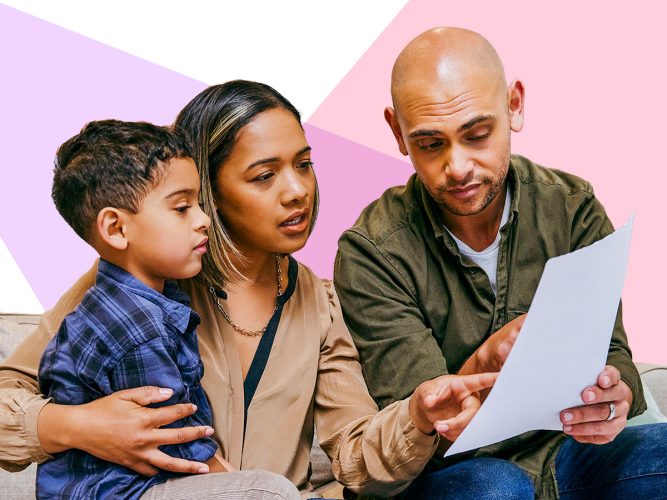
Screen Time & Safety Tips
Information and resources about screen time, online safety for kids, and digital well-being.
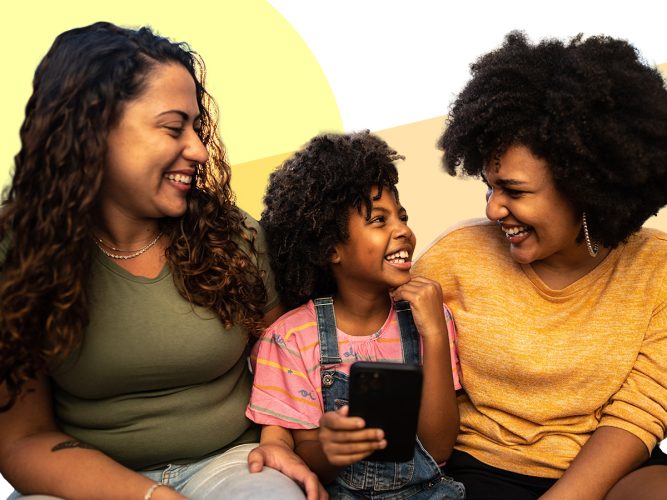
Growth Mindset…for Grown-ups!
Staying positive can help you navigate changes and take on challenges with confidence.

Understanding Digital Well-Being: A Guide for Parents & Caregivers
Digital well-being is about understanding and making choices about media as a part of family life, in order to learn, play, connect, relax, and feel closer to one another.
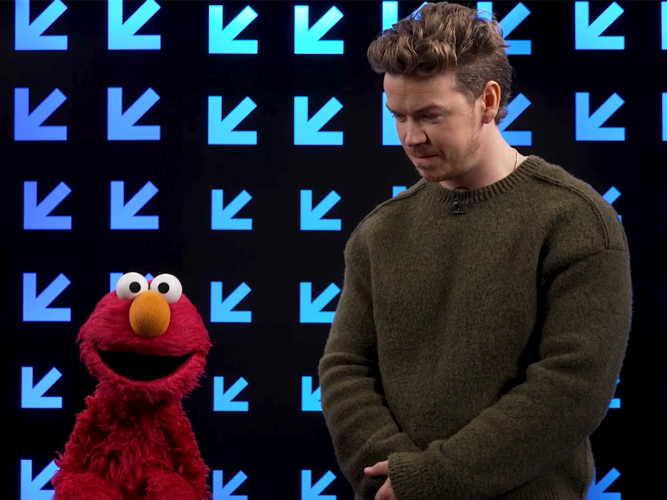
Will Poulter and Elmo: Balancing Screens and Friendship
Elmo and his friend Will Poulter talk about digital well-being!

Snow Day on Sesame Street
A story about the ways screen time can be “together time.”
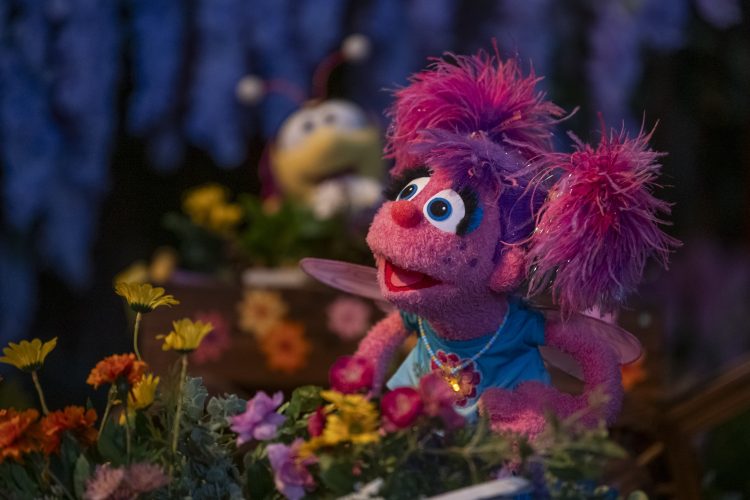
Watch and Play: Abby's Magical Beasties
Watch this episode and explore ways to extend the learning at home.
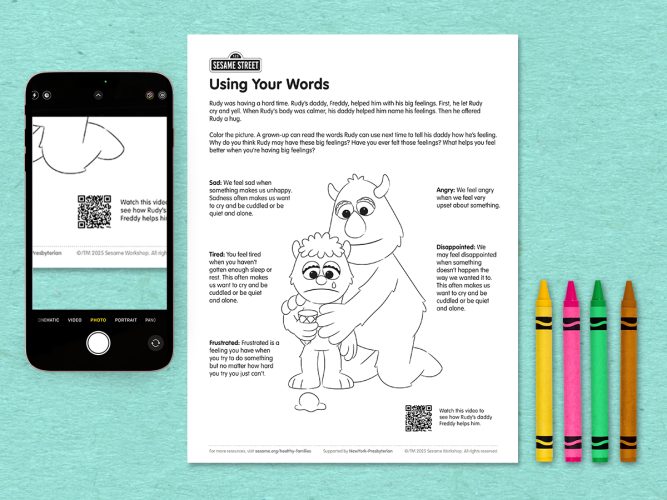
Using Your Words
A coloring page helping children explore words for big feelings.
